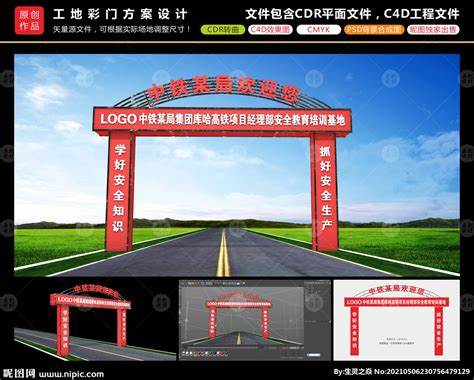30-meter aerial work vehicle for billboard installation
- 广告牌
- 2024-09-22 05:15:22
- 6997
Aerial vehicles are a type of professional equipment. The vehicle's working bucket and slewing seat are equipped with complete control devices, allowing the driver to remotely control the start and stop of the engine, as well as the switching of working modes, and accurately control the movement of the arm through the electro-hydraulic proportional valve to ensure smooth movement. sex. The working arm can flexibly and continuously rotate within a 360° range, and automatically maintains the level of the working trough through the built-in linkage mechanism, improving the stability and efficiency of the operation. When there is a problem with the main pump, the aerial vehicle is also equipped with an emergency pump to ensure the normal descent of the working tank. In addition, considering the needs of night operations, it is also equipped with a lighting system to improve visibility of operations. The powerful functions of this aerial vehicle make it widely used in many fields, including the maintenance of power facilities, street light installation, municipal construction, landscaping, installation and maintenance of communication equipment, airport runway maintenance, ship manufacturing and repair, road transportation It plays an important role in high-altitude work scenarios such as engineering, billboard installation, and photography.
In short, with its excellent performance and wide applicability, aerial vehicles have become an indispensable tool for high-altitude operations, greatly improving work efficiency and safety.
Extended information
An aerial vehicle refers to a vehicle above 3 meters that is controlled by a hydraulic or electric system with multiple hydraulic cylinders and can be lifted up and down for operations. The manned aerial vehicle using hydraulic transmission is a contemporary advanced special mechanical equipment. Construction workers use aerial vehicles to work in the air. As long as they are used correctly, safety is guaranteed.

High-altitude operations mainly include the following types:
1. High-altitude suspension operations
This type of work usually involves suspension operations in high-altitude environments such as buildings, bridges, power lines, etc. For example, building exterior wall cleaning, installation of large outdoor billboards, bridge maintenance, etc. are all inseparable from high-altitude suspension operations. These jobs often require the use of safety equipment such as safety ropes, safety nets, and seat belts to ensure the safety of workers.
2. Operation and maintenance of high-altitude equipment
In high-altitude operations, the installation, maintenance and operation of many equipment and machines require high-altitude environments conduct. For example, installation and maintenance of aerial work vehicles, tower cranes, elevators, etc. These jobs require professional skills and extensive experience to ensure the normal operation of the equipment and the safety of the operators.
3. High-altitude construction operations
High-altitude construction operations include high-altitude building construction, high-altitude exterior wall decoration, etc. These jobs require various operations in a high-altitude environment, such as welding, cutting, installation, etc. Due to the particularity of the high-altitude environment, these operations require strict compliance with safety regulations to ensure the safety of workers and the quality of the construction.
Detailed explanation:
High-altitude operations cover a variety of types, whether it is high-altitude suspension, high-altitude equipment operations or high-altitude construction operations, they all have certain of danger. Therefore, when working at heights, safety operating procedures must be strictly followed to ensure the safety of workers. At the same time, with the development of science and technology, some advanced equipment and technologies have also been used in high-altitude operations, such as drones, remote control operations, etc. The application of these technologies has improved the safety and efficiency of high-altitude operations. But no matter what, working at heights requires professional personnel and strict management to ensure the smooth progress of the work.
上一篇:蓝牌高空作业车吊广告牌
下一篇:高空作业车拆除广告牌教程





















